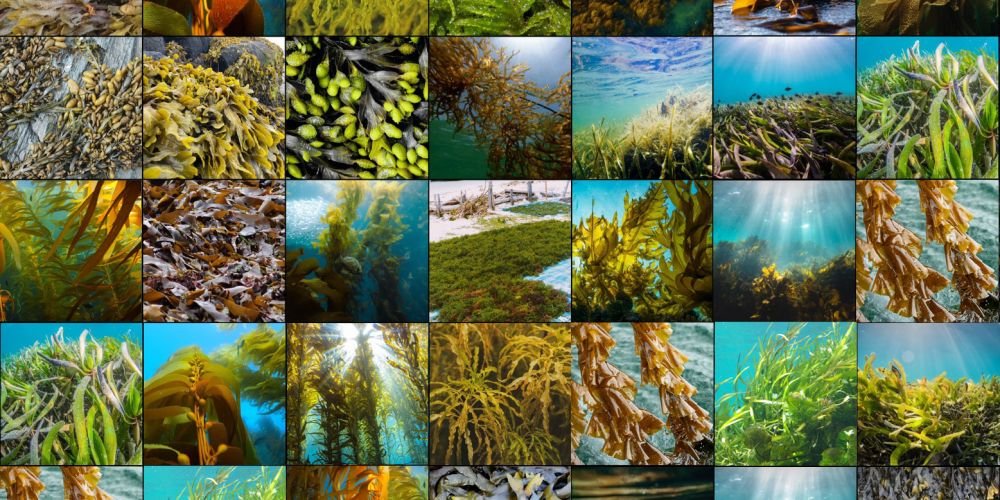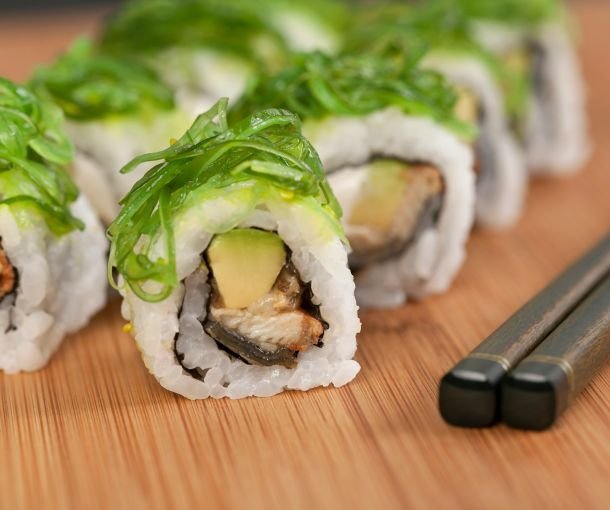Ocean Farming for Sustenance: Nurturing a Bounty of Seaweed Varieties for Human Consumption

Introduction
The global culinary landscape is experiencing a transformative shift as seaweed, in all its rich diversity, emerges as a coveted ingredient, celebrated for its nutritional value and environmental sustainability. From the delicate sheets of nori enveloping sushi to the robust umami notes of dashi brewed from kombu, seaweed has transcended coastal traditions to become a global gastronomic treasure. However, as our appetite for seaweed continues to grow, so does the need for scalable and sustainable ocean farming practices. This comprehensive exploration delves deep into the array of seaweed macroalgae varieties cherished for human consumption, the dynamic developments shaping ocean farming, and the trends charting the course toward a seaweed-rich culinary future.
Types and Varieties of Seaweed for Human Consumption
- Nori (Porphyra spp.): Nori is the venerable star of the sushi world. It graces rolls and temaki with its crisp texture and distinct umami flavor. Nori is predominantly cultivated through the net method, where seaweed spores are attached to nets suspended in coastal waters. For instance, Japan’s Akitakomachi Corporation employs this method in its seaweed farming operations.
- Kombu (Laminaria spp.): Kombu, a prominent kelp variety, is the foundation of Japanese cuisine, imparting depth to dashi broth and umami to dishes. It thrives in cold, nutrient-rich waters along rocky coastlines. The company Mara Seaweed in Scotland sustainably harvests wild kombu, promoting its use in global kitchens.
- Wakame (Undaria pinnatifida): Wakame, with its tender fronds, graces salads and miso soup with its distinctive flavor. It is cultivated on ropes submerged in the sea, primarily in regions with suitable water temperatures. The cultivation techniques developed by companies like Ocean Harvest in Ireland exemplify efficient wakame farming.
- Dulse (Palmaria palmata): Dulse, characterized by its vibrant red hue, serves as a nutritious snack and versatile ingredient in salads and soups. It flourishes in intertidal zones along Atlantic coasts. The Maine-based company Atlantic Sea Farms specializes in sustainably harvesting and processing dulse.
- Sea Lettuce (Ulva spp.): Sea lettuce adorns salads and offers a unique seasoning for various dishes. Its rapid growth makes it ideal for aquaculture. In countries like China, sea lettuce is grown in integrated multi-trophic aquaculture systems alongside fish and shellfish, exemplifying efficient resource utilization.
Ocean Farming Developments and Trends
- Integrated Multi-Trophic Aquaculture (IMTA): IMTA represents a sustainable farming approach where seaweed cultivation coexists harmoniously with fish or shellfish farming. It maximizes resource efficiency by utilizing excess nutrients from the aquatic organisms to nourish seaweed. Norwegian company Ocean Forest exemplifies the successful integration of salmon farming with kelp cultivation.
- Automated Farming Systems: Automation is revolutionizing seaweed farming, enhancing efficiency and productivity. Companies like Ocean Rainforest in Denmark employ automated systems equipped with sensors and robotics to monitor and manage seaweed cultivation. These systems optimize growth conditions and reduce labor requirements.
- Seaweed Restoration Projects: Ecosystem restoration initiatives are gaining momentum to rejuvenate depleted seaweed habitats. Projects like The Ocean Cleanup’s “Interceptors” aim to remove plastic waste from rivers, indirectly preserving coastal ecosystems where seaweed thrives. By restoring water quality, these efforts support sustainable seaweed harvests.
- Global Expansion of Seaweed Farming: Seaweed farming is no longer confined to traditional regions like Asia. Countries worldwide, including the United States, Canada, and various European nations, are investing in seaweed cultivation as a sustainable food source. For instance, the Atlantic Seaweed Company in Ireland has expanded its seaweed farming operations to meet growing demand.
- Scalability Challenges and Developments: One of the key challenges in seaweed farming is achieving scalability while ensuring sustainability. Innovations in offshore seaweed farms, such as the Velella Project’s open-ocean kelp farming off the coast of California, showcase promising developments in large-scale, offshore cultivation. If these scalability challenges are met, the global seaweed farming industry could experience a growth rate of approximately 8-10% annually, driven by rising consumer demand for sustainable and nutritious seaweed products.
In the ever-evolving realm of seaweed as a culinary treasure, the future holds tantalizing possibilities. As the demand for seaweed soars, cooperation between scientists, farmers, and policymakers becomes imperative. With the right practices and trends in place, seaweed is poised to become an abundant and accessible component of our diets, contributing to a sustainable and nutritious culinary future.
References:
- Pereira, R. (2018). Seaweeds as plant-based functional ingredients for food, pharmaceuticals, and cosmeceuticals. In Seaweed in Health and Disease Prevention (pp. 259-270). Academic Press.
- Holdt, S. L., & Kraan, S. (2011). Bioactive compounds in seaweed: Functional food applications and legislation. Journal of Applied Phycology, 23(3), 543-597.
- Yarish, C., Redmond, S., & Kim, J. K. (2020). Seaweed aquaculture for human food and animal feeds. In Seaweed Sustainability (pp. 261-282). Academic Press.
- Campbell, M. L., & Neefus, C. D. (2017). Algal culture optimization and mass culture of commercially important North Atlantic seaweeds. In Algal Culturing Techniques (pp. 275-303). Academic Press.


